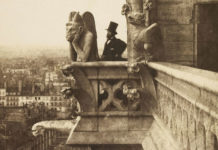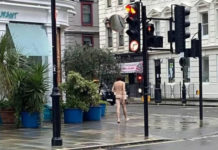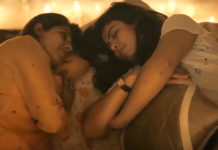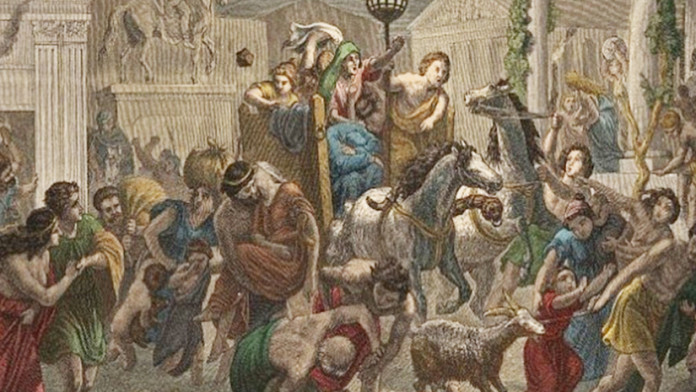Human remains were found by excavators near Pompeii, and continued to uncover human remains, which they noticed surrounded by voids in the compacted ash, so by carefully pouring plaster of Paris into the spaces- the last actions, clothing, and their faces came to life.
The last days of people of Pompeii began on August 24, 79 AD, the day after the Roman holiday of Volcanalia, dedicated to the god of fire. At noon, Mt. Vesuvius came to life, emitting ash hundreds of feet for 18 hours straight.
About 3/4 of Pompeii has been excavated, and about 1,150 bodies have been discovered. The plaster casts of the men, women, children, and animals of Pompeii were primarily made in the mid 1800’s.
The Garden of the Fugitives holds the largest number of victims found in one place, where thirteen people sought refuge in a fruit orchard. Nine sets of remains were found at the House of Mysteries, where the roof collapsed trapping them inside. One plaster cast can be seen inside the CauponaPherusa tavern.The Stabian Thermal baths and the Macellum (fish market) both house two plaster casts, and the Horrea (granary) and Olitorium (market) holds several more, including a pig, and what may be the most famous cast of all, of a small dog in a collar, writhing on its back.
The casts are reportedly no longer made as they destroy the delicate skeletons within.
In 2010 a exhibition includes several of the Pompeii plaster casts opened at the Antiquarium de Boscoreale, near Pompeii. Many of the artifacts from Pompeii are now located at the National Museum in Naples (MuseoArcheologicoNazionale di Napoli), including the famous “Secret Cabinet” of erotic art.
CT Scans of these Mummies reveal great things.
CT Scan of a kid of 4 years
 The kid’s cast before going under the CT Scan
The kid’s cast before going under the CT Scan
 Petrified Mummy undergoing CT Scan
Petrified Mummy undergoing CT Scan
 CT Scan Image
CT Scan Image
 CT Scan with specific dye contrast
CT Scan with specific dye contrast
 Positions of people when they died- were formed by pouring plaster of Paris
Positions of people when they died- were formed by pouring plaster of Paris
 By:Archa Dave
By:Archa Dave




























